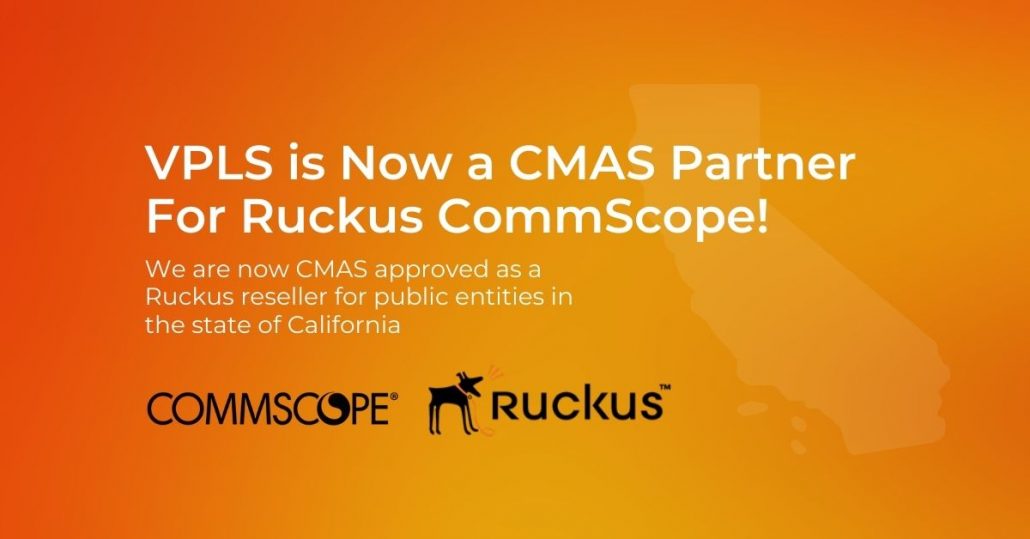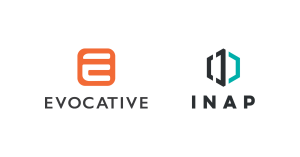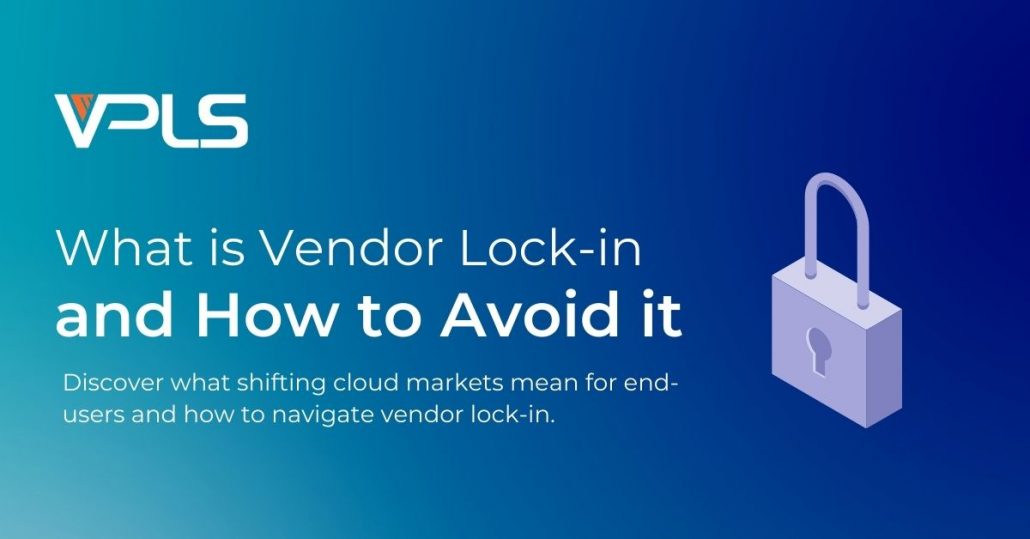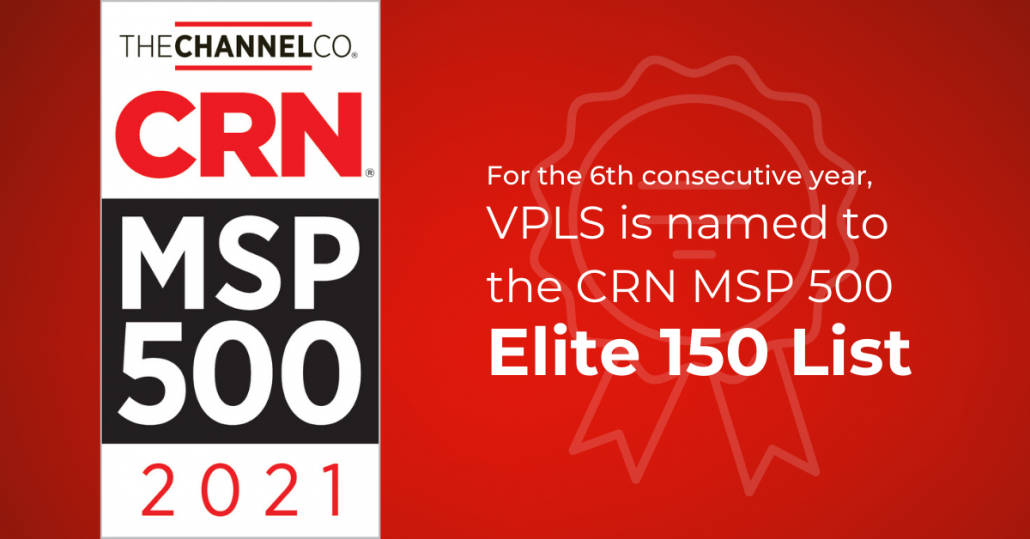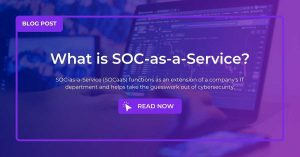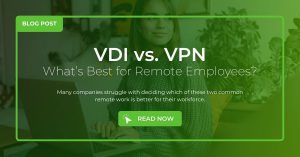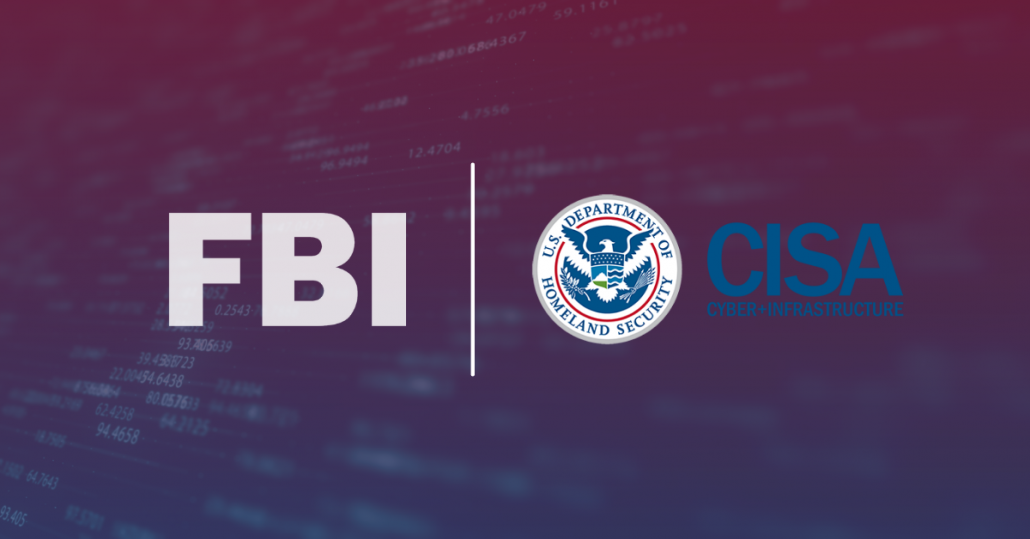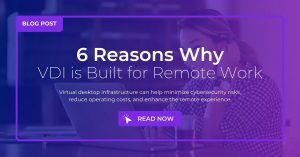VPLS is Now A CMAS Partner for Ruckus CommScope
VPLS is excited to announce that we are now authorized to participate in Ruckus’s California Multiple Award Schedules Partner Program. Ruckus’s CMAS Master Service Agreement 3-15-70-3218A allows public entities to buy Ruckus’s enterprise wireless and network solutions from VPLS via a pre-negotiated cooperative contract.
“Our team is honored to be once again approved by CMAS as a select reseller partner for Ruckus in the state of California. VPLS has been a proud partner of Ruckus for many years, and this designation allows us to continue offering state, local, and educational organizations in California with the excellent service and solutions they need to achieve their IT objectives.”
John Minnix, President and COO at VPLS
As a Ruckus partner for over nine years, VPLS addresses the various IT needs of government agencies and school districts across California. In addition to network and wireless solutions, VPLS also offers other cloud-to-edge technologies, such as storage infrastructure, hosting, cloud, and security. In addition to the CMAS designation, VPLS is a NASPO-approved vendor for CISCO, HPE, Aruba Wireless, Extreme Networks, Cradlepoint, and other industry-leading technology partners.
Read More from this Author

